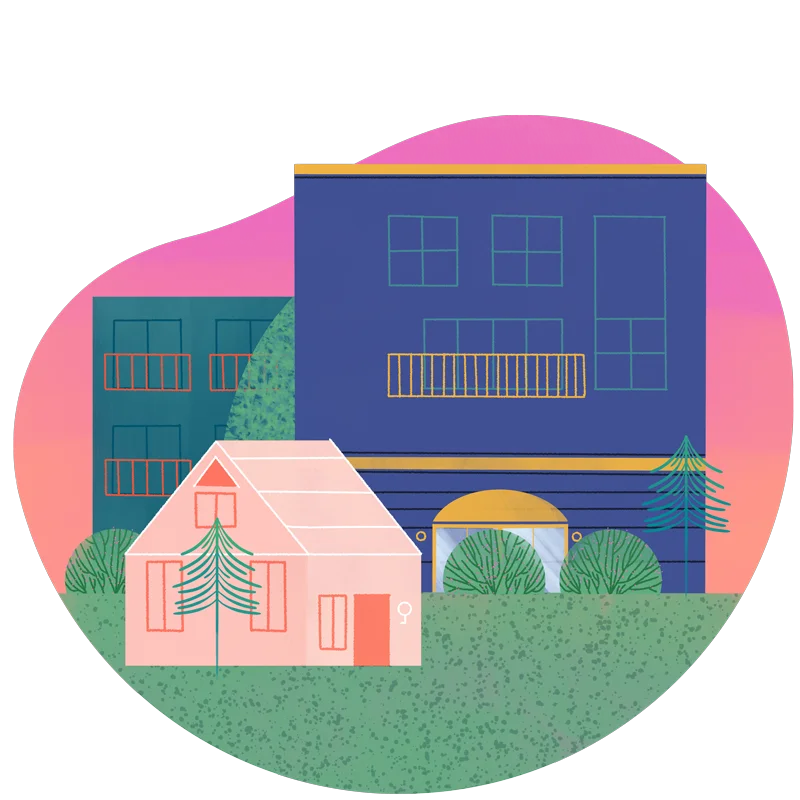Types of living accommodations
When you are a caregiver to a senior losing autonomy, the issue of living accommodations may need to be addressed. What is the best way to provide your loved one with a living environment adapted to his or her needs?

Depending on the nature and stage of your loved one’s disease, health condition and level of autonomy, there are different types of accommodations.
To see the costs and the services included in IR and CHSLDs on the Régie de l’assurance maladie du Québec website, click here
To apply for accommodations in the public network, you must contact your CLSC’s reception office or your loved one's care navigator. This person will take the steps required for the accommodation application. If your loved one is hospitalized when the accommodations are required, you may contact the hospital’s social service.
To find your CLSC, click here
To identify private network resources and find out more about them, you must contact the facilities directly. You may also contact a housing advisor to help you in your search. The Ministère de la Santé et des Services sociaux has a directory of accredited private residences [in french] that it makes available to the public.
When the time comes to consider these living accommodations, take the time to discuss your loved one's short- and long-term needs with him or her and to choose the option best-suited to his or her needs and level of autonomy.
Don't hesitate to call Caregiver Support Helpline at 1-855-852-7784. One of our qualified professional counselors will guide you throughout your caregiving journey and direct you to the right resources for your needs.
L’Appui pour les proches aidants. Accompagner tout en gardant l’équilibre. Guide d’accompagnement et d’informations à l’attention des proches aidants d’aînés.
Ministère de la Santé et des Services sociaux. Régions socio sanitaires du Québec.
Régie de l'assurance maladie du Québec (RAMQ). Calculette - Outil de simulation.
Need to talk?
Contact our Caregiver Support Helpline for counselling, information and referrals.
Every day from 8 a.m. to 8 p.m.
Free of charge.